1. The Dick Van Dyke Show – Laura Petrie
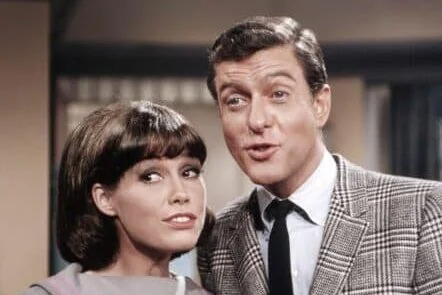
Laura Petrie, portrayed by Mary Tyler Moore, was the epitome of the modern woman in the ’60s, breaking the mold of the traditional housewife. As the wife of comedy writer Rob Petrie, she was witty, independent, and never afraid to challenge the status quo. Laura wasn’t just there to support her husband; she was an equal partner with her own opinions and career aspirations. At a time when the idealized housewife was the norm, Laura represented a shift in how women were portrayed on television. She proved that being a homemaker didn’t mean being passive, and she could balance family life with having her own voice.
What made Laura even more ahead of her time was her handling of social issues. From tackling topics like sexism to showing the complexities of marriage, she wasn’t just a pretty face on a sitcom. Laura showed that women were multi-dimensional and could lead happy lives without conforming to traditional expectations. Her role paved the way for more empowered women on TV and reflected the changing attitudes toward gender roles during the ’60s.
2. That Girl – Ann Marie
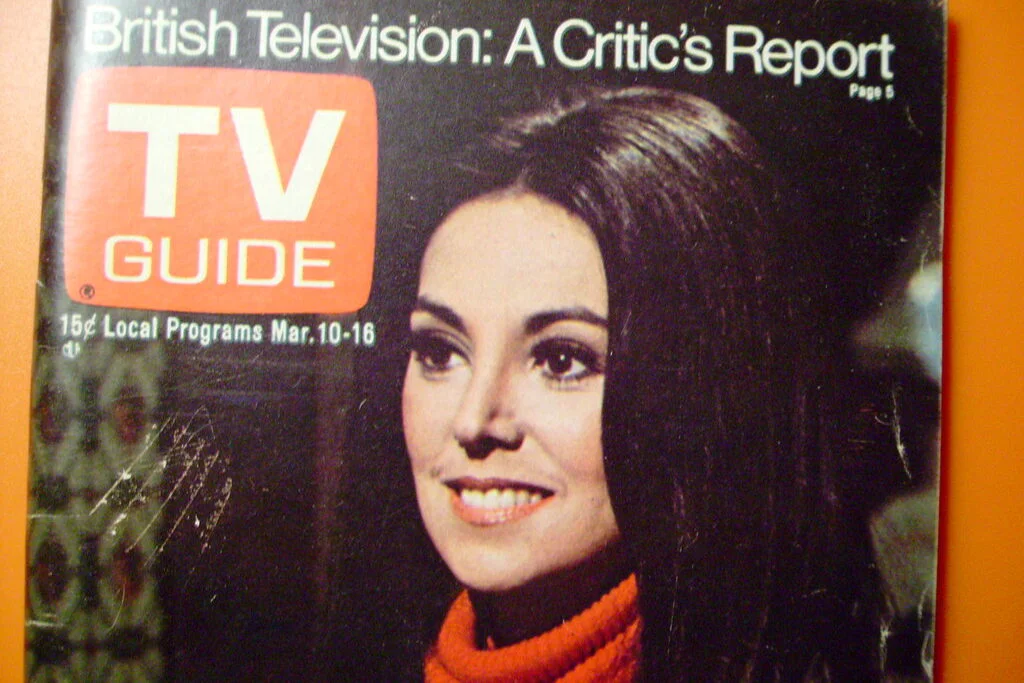
Ann Marie, played by Marlo Thomas, was a breath of fresh air in a decade dominated by traditional roles for women. As an aspiring actress trying to make it in New York City, Ann was independent, ambitious, and unafraid of pursuing her dreams. She wasn’t waiting for a man to define her—she had her own career, her own goals, and was perfectly content with her single life. Ann Marie flipped the script on the typical “girl-next-door” archetype by showing women that it was okay to chase a career in an era where marriage was often seen as the ultimate goal.
Ann’s character also touched on issues of feminism, though not explicitly. She faced challenges as a woman in a male-dominated industry, yet she handled them with grace and humor. Ann was a trailblazer for women who refused to settle for anything less than what they deserved, and her struggles resonated with countless women watching at home.
3. Bewitched – Samantha Stephens
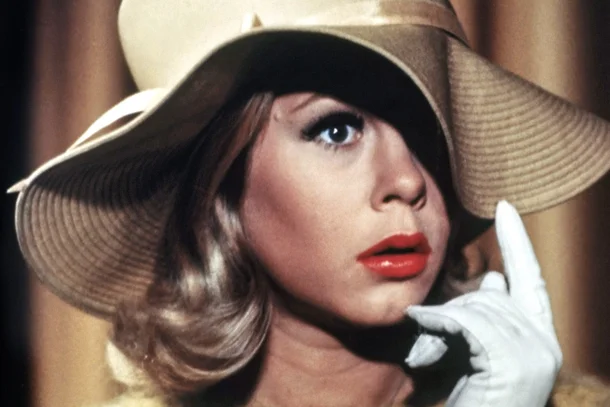
Samantha Stephens, portrayed by Elizabeth Montgomery, may have been a witch, but her role in Bewitched was far from magical in the traditional sense. Samantha was the ultimate modern woman, juggling her family life, marriage, and her career in a world where women were often expected to choose between being a homemaker or pursuing a professional path. She married a mortal, Darrin, and consistently faced challenges of balancing her magical duties with the expectations of her husband and society. In doing so, Samantha broke down barriers and defied the typical roles women were cast into on television.
Her character also tackled issues of tolerance and individuality. Samantha’s struggle to balance her witchcraft with her love for Darrin mirrored the broader societal conversations about conformity versus individuality that were taking place during the ’60s. She was a woman who could be both powerful and loving, proving that women didn’t have to be one-dimensional to be considered strong.
4. The Mary Tyler Moore Show – Mary Richards

Mary Richards, played by Mary Tyler Moore, is often cited as one of the first truly modern female characters in TV history. As a single woman working as a TV news producer in Minneapolis, she defied expectations by excelling in a male-dominated workplace. What made Mary ahead of her time wasn’t just her career achievements, but the way she navigated her relationships. She was independent, self-sufficient, and ambitious in ways that resonated with millions of women who were beginning to question traditional gender roles.
Mary wasn’t defined by her relationship status, unlike many other female characters of the time who were either married or aspiring to be. She showed that a woman could be happy and fulfilled without the need to settle down, giving viewers an alternative narrative about what it meant to be a woman in the ’60s. Her character played a pivotal role in breaking down the barriers for women in the workplace and laid the groundwork for future strong female protagonists in TV.
5. The Andy Griffith Show – Helen Crump
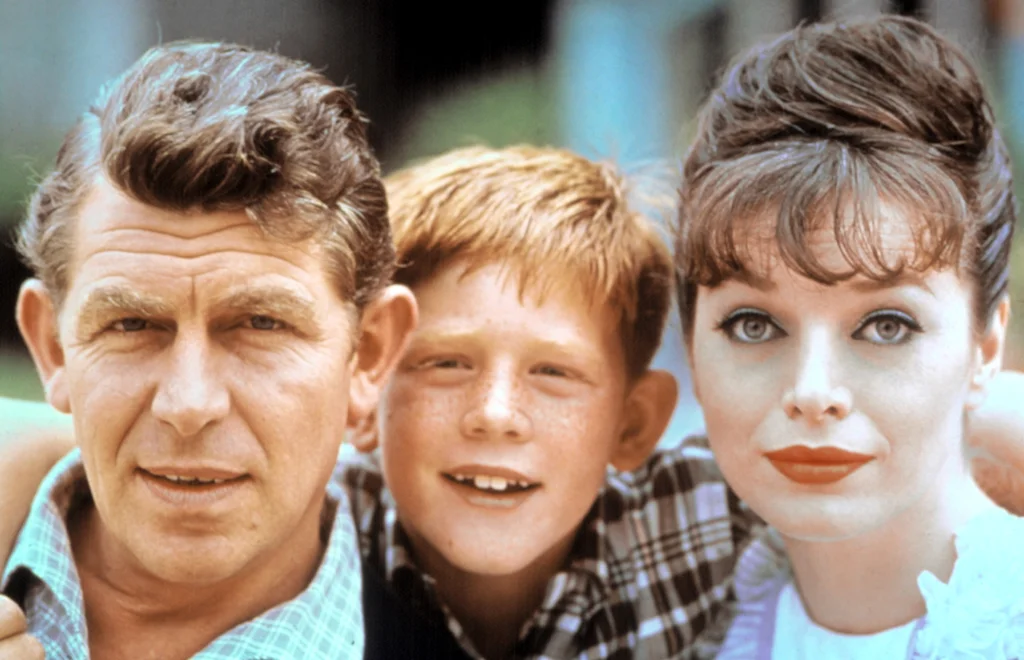
Helen Crump, portrayed by Aneta Corsaut, was more than just Andy Taylor’s love interest. She was a schoolteacher who carried herself with a level of intelligence, confidence, and independence that made her stand out in a show primarily about men. In a time when women on TV were often portrayed as sweet but passive, Helen was assertive, capable, and had a clear sense of purpose. She was also ahead of her time in that she was an active member of her community, taking on responsibilities beyond the typical role of the supportive wife.
Helen wasn’t simply a backdrop to Andy’s life; she had her own storylines that gave her depth as a character. She handled her relationship with Andy with dignity and intelligence, challenging the traditional gender expectations that many of her contemporaries were boxed into. In many ways, Helen’s role served as a subtle nod to the growing expectations for women to be more than just homemakers, offering viewers a glimpse of what life could be like for women who stepped out of the conventional role.
6. Green Acres – Lisa Douglas
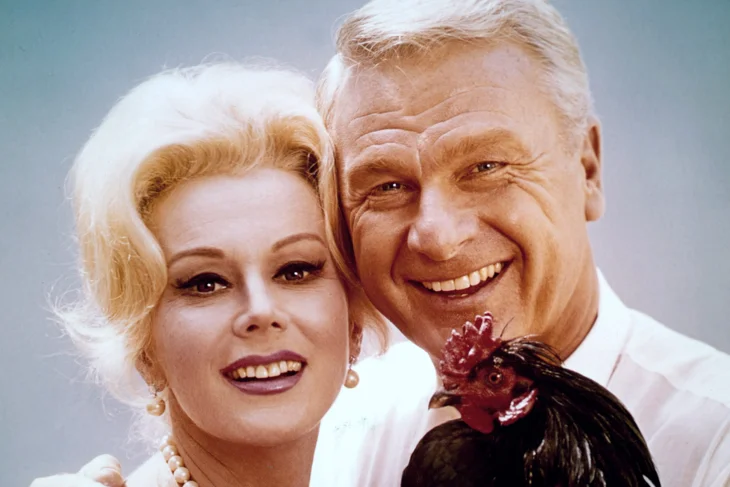
Lisa Douglas, played by Eva Gabor, was a glamorous New Yorker who found herself married to a country farmer in the midst of rural chaos. What made Lisa so ahead of her time was her unwavering commitment to staying true to herself, even in the face of her husband’s quirky rural dreams. While her husband, Oliver, was caught up in farming, Lisa remained connected to her glamorous roots, refusing to let go of the high-society life she loved. She didn’t fit the mold of the typical farm wife, and her character often humorously challenged the traditional expectations of women in rural America.
Lisa was also remarkably progressive in her outlook on marriage. While many sitcoms of the era depicted the husband as the decision-maker, Lisa often held her own, offering ideas and viewpoints that shaped the direction of the story. Her character reflected the changing dynamics in relationships during the ’60s, showing that women could be both strong and feminine without losing their identity in a marriage.
7. The Addams Family – Morticia Addams
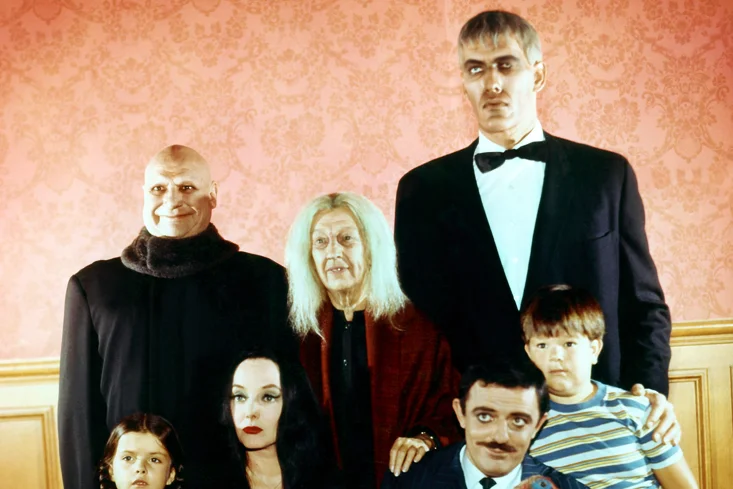
Morticia Addams, played by Carolyn Jones, is perhaps one of the most iconic characters in TV history, not just for her eerie charm but for the way she defied traditional gender roles. She was the matriarch of the Addams family, but she was anything but the typical 1960s housewife. Morticia was elegant, intelligent, and in complete control of her household, taking pride in her family’s unconventional ways. She wasn’t afraid to embrace her dark side, and in doing so, she became a symbol of independence and strength in a time when women were expected to be delicate and nurturing.
What really set Morticia apart, however, was her approach to relationships. Unlike the many sitcom wives of the era who were portrayed as being subservient to their husbands, Morticia was a partner in every sense of the word. She and Gomez had a passionate, equal partnership, which was a refreshing departure from the norm in TV relationships of the time. Morticia’s power in the household and her unwavering support for her family were a testament to the evolving roles of women in society.
8. I Dream of Jeannie – Jeannie
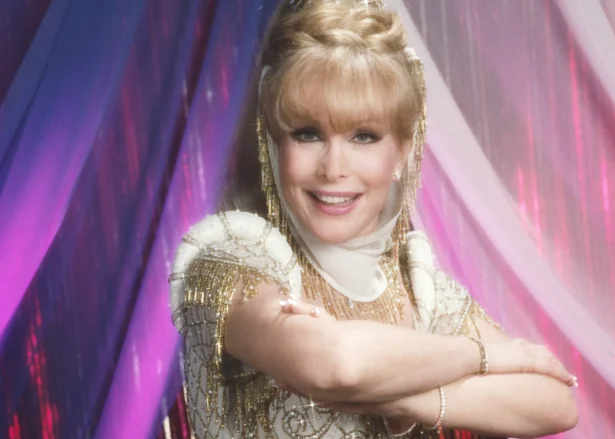
Jeannie, played by Barbara Eden, was another character who brought a unique flair to the traditional sitcom formula. As a centuries-old genie, Jeannie had magical powers that could have made her a force to be reckoned with, but she often chose to be more playful and mischievous. However, what made Jeannie stand out as ahead of her time was her independence. She wasn’t simply confined to the role of a servant; she had her own desires, her own personality, and wasn’t afraid to assert herself. Jeannie’s character broke the mold by showing that even women with extraordinary abilities could be portrayed as fun and lighthearted, rather than subservient.
What also made Jeannie notable was the way she handled her relationship with Major Nelson. She wasn’t shy about pursuing him, and she often turned the typical gender dynamics of the time on their head. Jeannie’s behavior, while playful, displayed a certain level of autonomy that was not often seen in female characters of the ’60s, making her an early example of a woman who was both magical and ahead of her time.
9. The Beverly Hillbillies – Elly May Clampett
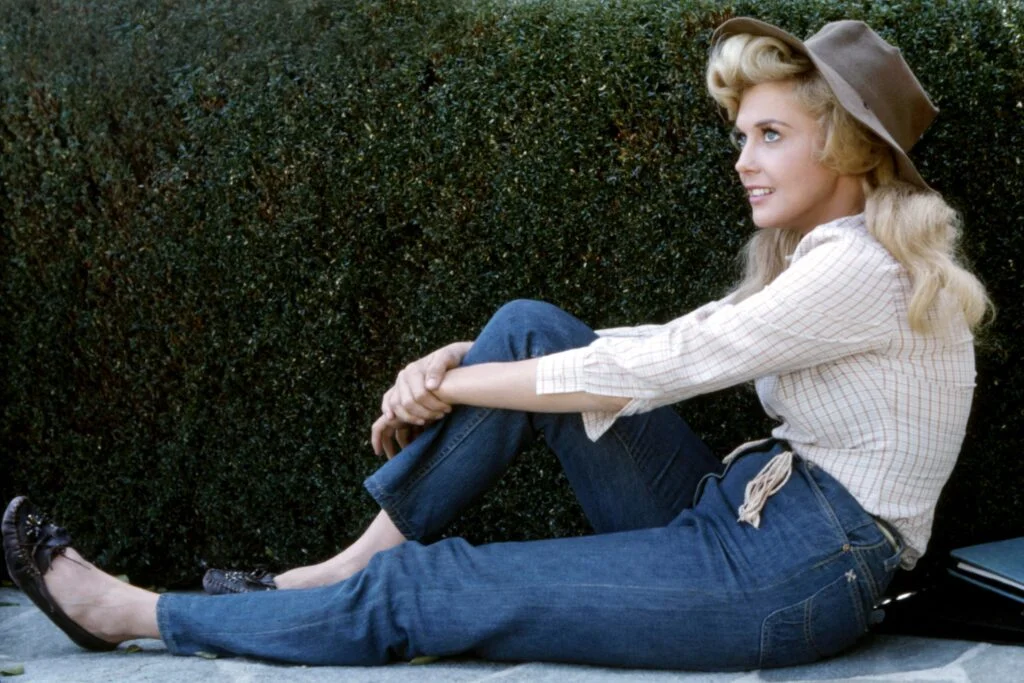
Elly May Clampett, played by Donna Douglas, was an iconic character in The Beverly Hillbillies who defied many of the stereotypes placed on women in the ’60s. While she was raised in the rural South, Elly May was no damsel in distress. She was strong, independent, and unafraid to be herself in a world that often expected women to conform to a specific mold. She was a tomboy, unafraid of getting dirty, and her relationship with her family was one of mutual respect, rather than a typical father-daughter dynamic.
Elly May’s character also reflected a shifting attitude toward beauty standards. She was glamorous but didn’t conform to the stereotypical beauty ideals of the time. Her natural charm, coupled with her ability to hold her own in any situation, made her a unique and forward-thinking character in a time when women were often typecast into traditional roles.
10. The Munsters – Lily Munster
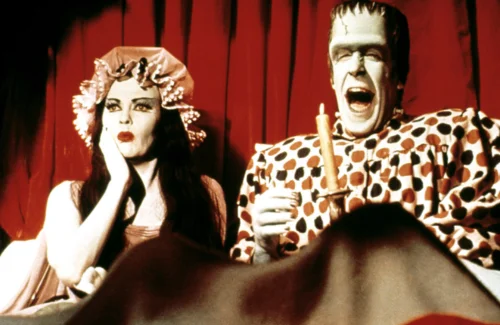
Lily Munster, played by Yvonne De Carlo, was another supernatural character who turned the traditional housewife trope on its head. As the matriarch of the Munster family, Lily was strong, supportive, and fiercely loyal to her family. But unlike many of her contemporaries, she wasn’t afraid to embrace her eccentricities and was the glue that held her oddball family together. Her character was ahead of her time because she showed that women could be both nurturing and strong, without having to be demure or passive.
Lily also played an essential role in the show’s portrayal of relationships. Her marriage to Herman was built on mutual respect and partnership, rather than the typical patriarchal model that was common in many ’60s sitcoms. Lily’s character offered a refreshing perspective on what a marriage could look like, one based on equality and unconditional love.
11. The Lucy Show – Lucy Carmichael
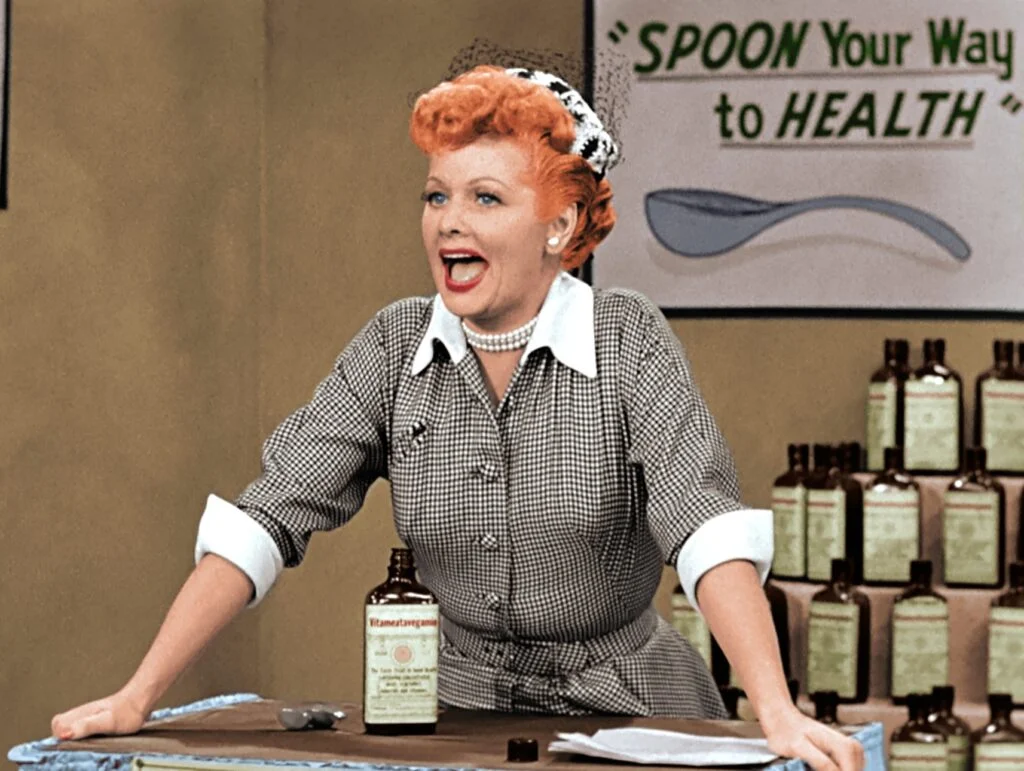
Lucy Carmichael, portrayed by Lucille Ball, was far more than just the zany housewife we came to know on I Love Lucy. In The Lucy Show, she took on a more empowered role, working as a single mother who supported her family. At a time when divorce rates were rising and women were beginning to enter the workforce in greater numbers, Lucy represented a new type of female character. She was constantly navigating the challenges of being both a mother and a working woman, and she did so with wit and determination.
Lucy’s approach to work and family was revolutionary, as it was rare to see a female character in such a multifaceted role. She juggled multiple responsibilities while still finding ways to bring humor and warmth to her relationships. Her character showed that women could balance a career, motherhood, and personal fulfillment, all while maintaining their sense of humor and individuality.
12. Hogan’s Heroes – Colonel Klink
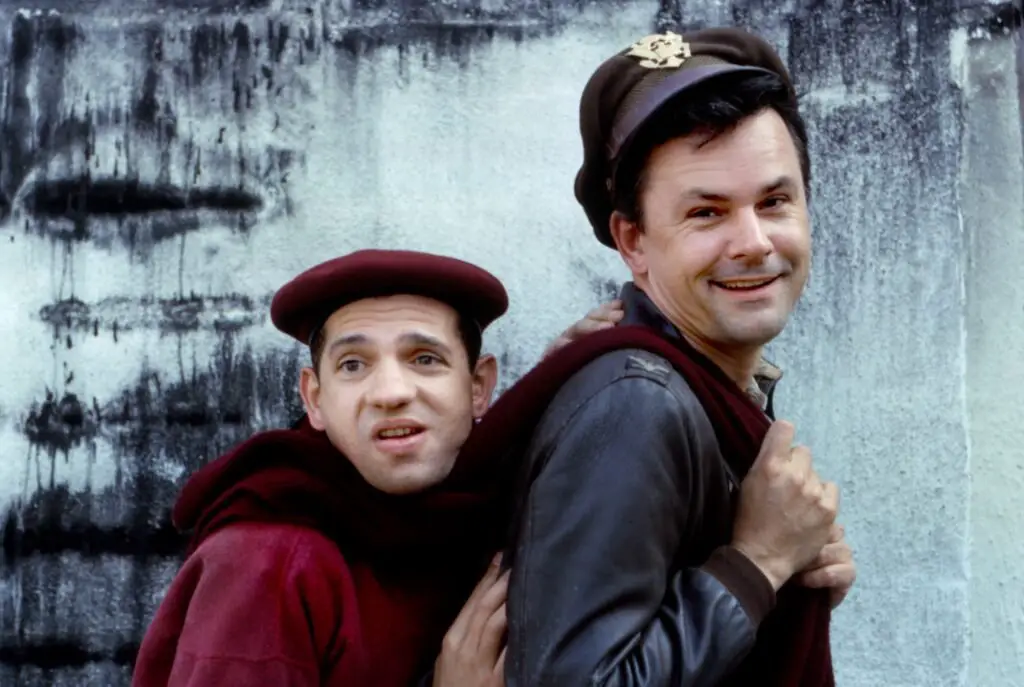
Colonel Klink, portrayed by Werner Klemperer, wasn’t a woman, but his character in Hogan’s Heroes was an unusual portrayal of authority that challenged traditional norms. He was a bumbling, incompetent German officer who was frequently outsmarted by the prisoners of war under his command. Klink’s character was portrayed as weak and ineffectual, and this made him a fascinating counterpoint to the typical authoritarian figures on TV at the time. While not a feminist role, his character highlighted the absurdity of traditional authority figures in a way that resonated with the societal shifts taking place in the ’60s.
By poking fun at traditional roles of power and authority, Klink’s portrayal helped set the stage for more complex, humorous takes on leadership and authority in television. His character was an early example of how TV shows could subvert expectations and challenge traditional notions of power, which would become more prominent in the years to come.
13. The Fugitive – Dr. Richard Kimble
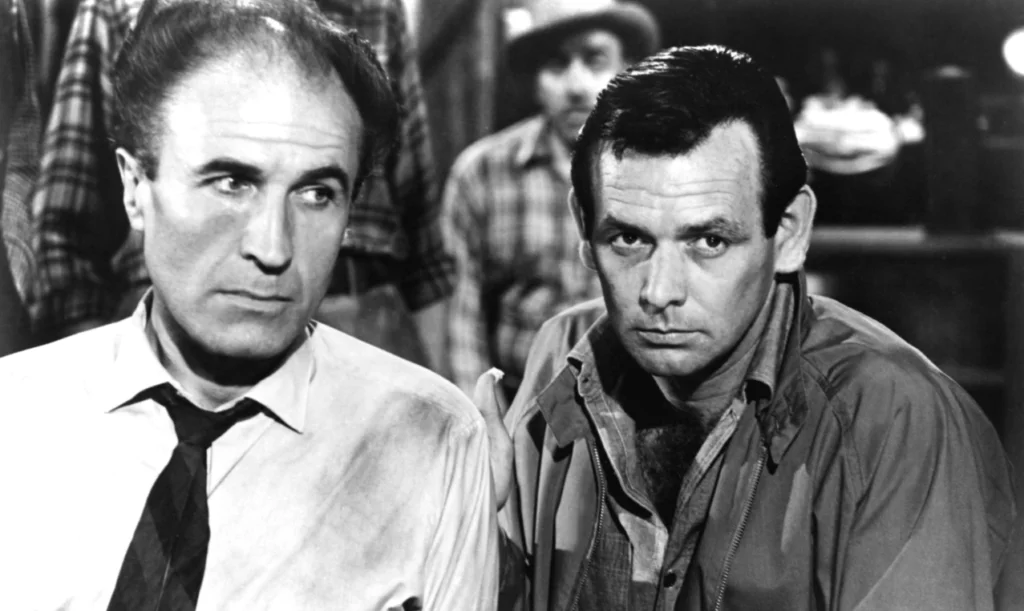
Dr. Richard Kimble, played by David Janssen, was a character whose moral integrity and relentless pursuit of justice made him ahead of his time. Unlike many other leading men of the ’60s, Kimble wasn’t a typical action hero; he was a doctor wrongly accused of a crime and spent the entire series seeking the truth. His character was progressive because he defied the norms of masculinity by not relying on physical strength or violence to solve his problems. Instead, he used his intellect and determination, highlighting that men could be sensitive and thoughtful while still being heroic.
Kimble’s journey also raised questions about justice and the legal system, topics that were becoming increasingly relevant during the 1960s. His character made viewers question the assumptions they had about law enforcement and justice, and he became an early example of how TV characters could be used to reflect deeper societal concerns.


